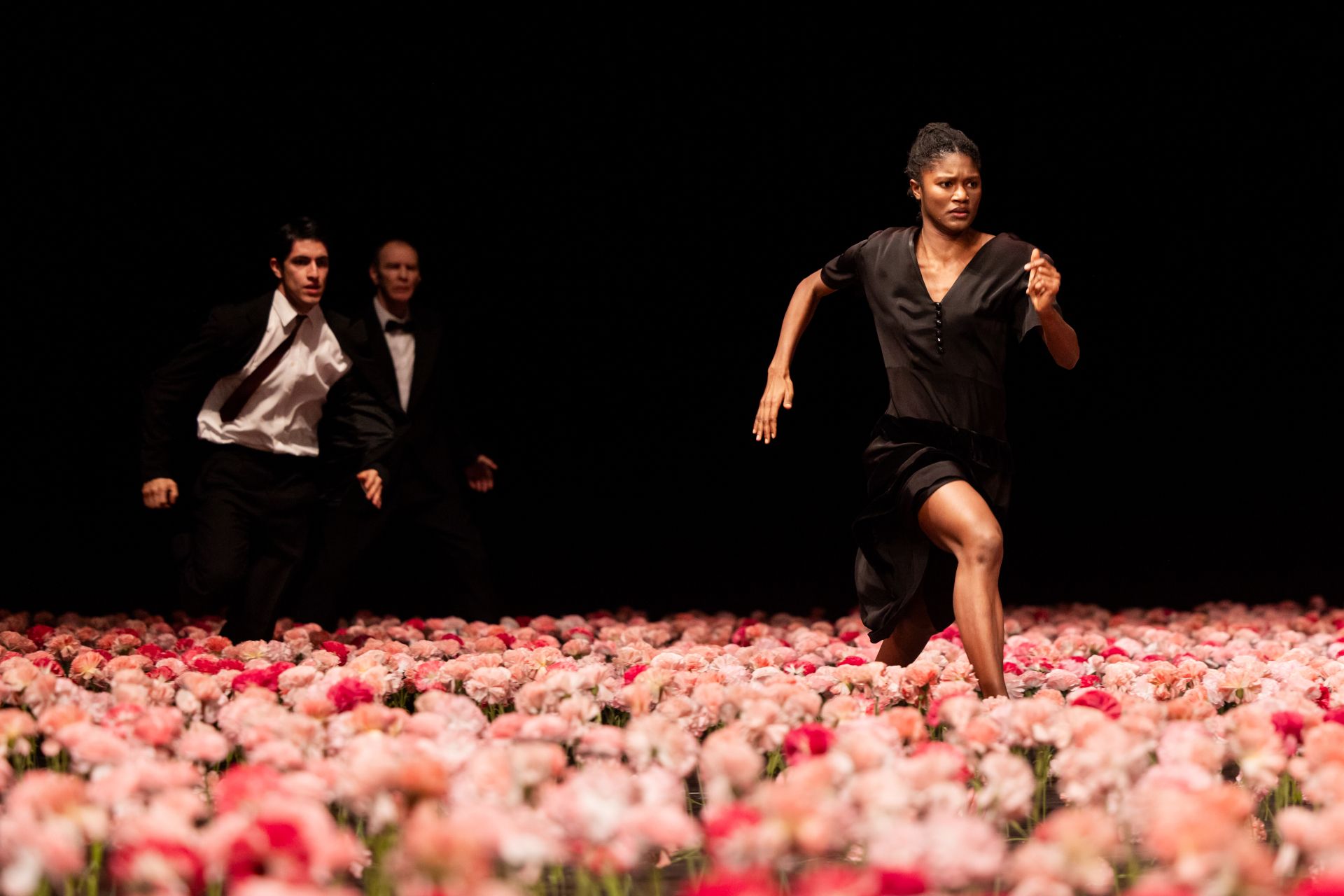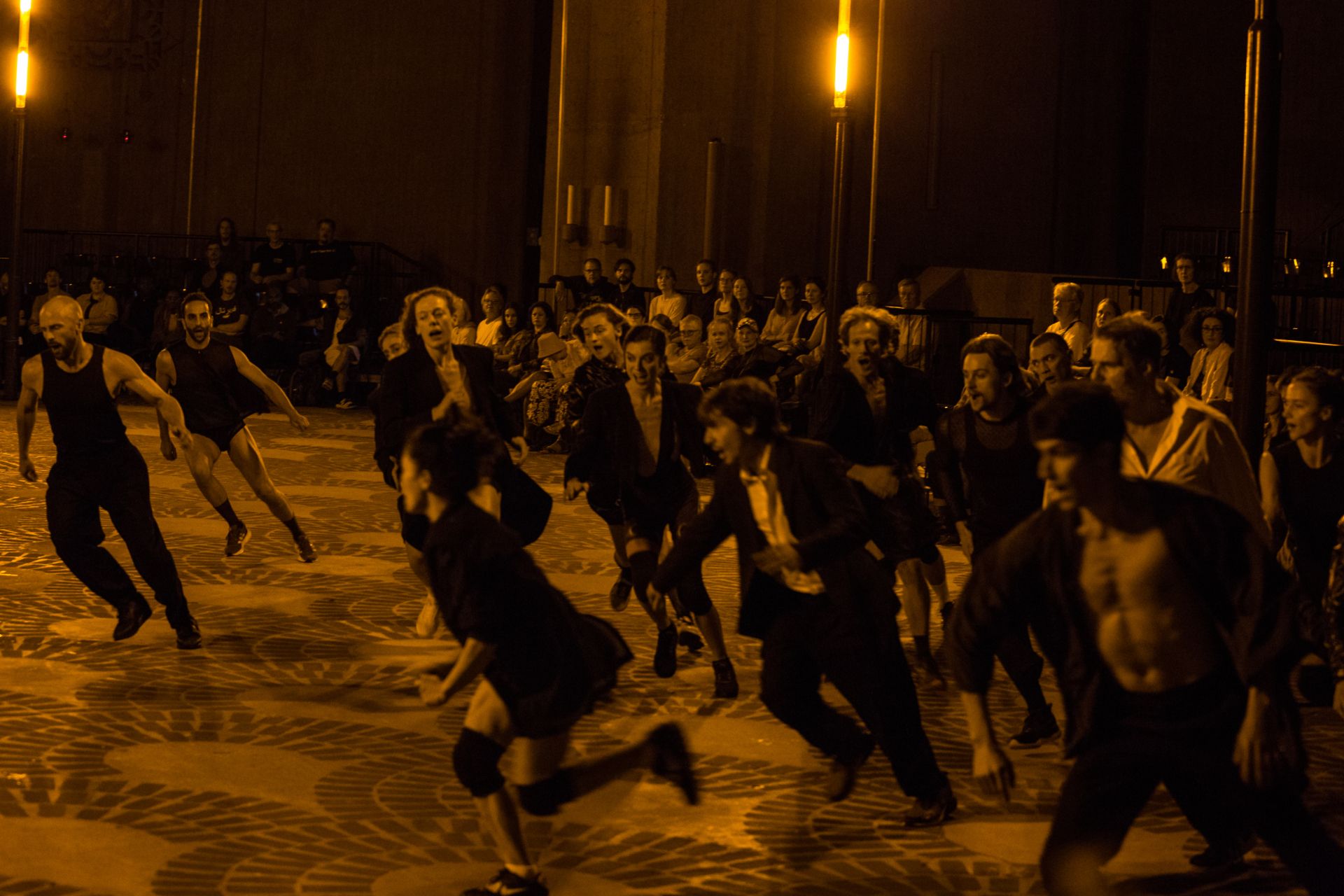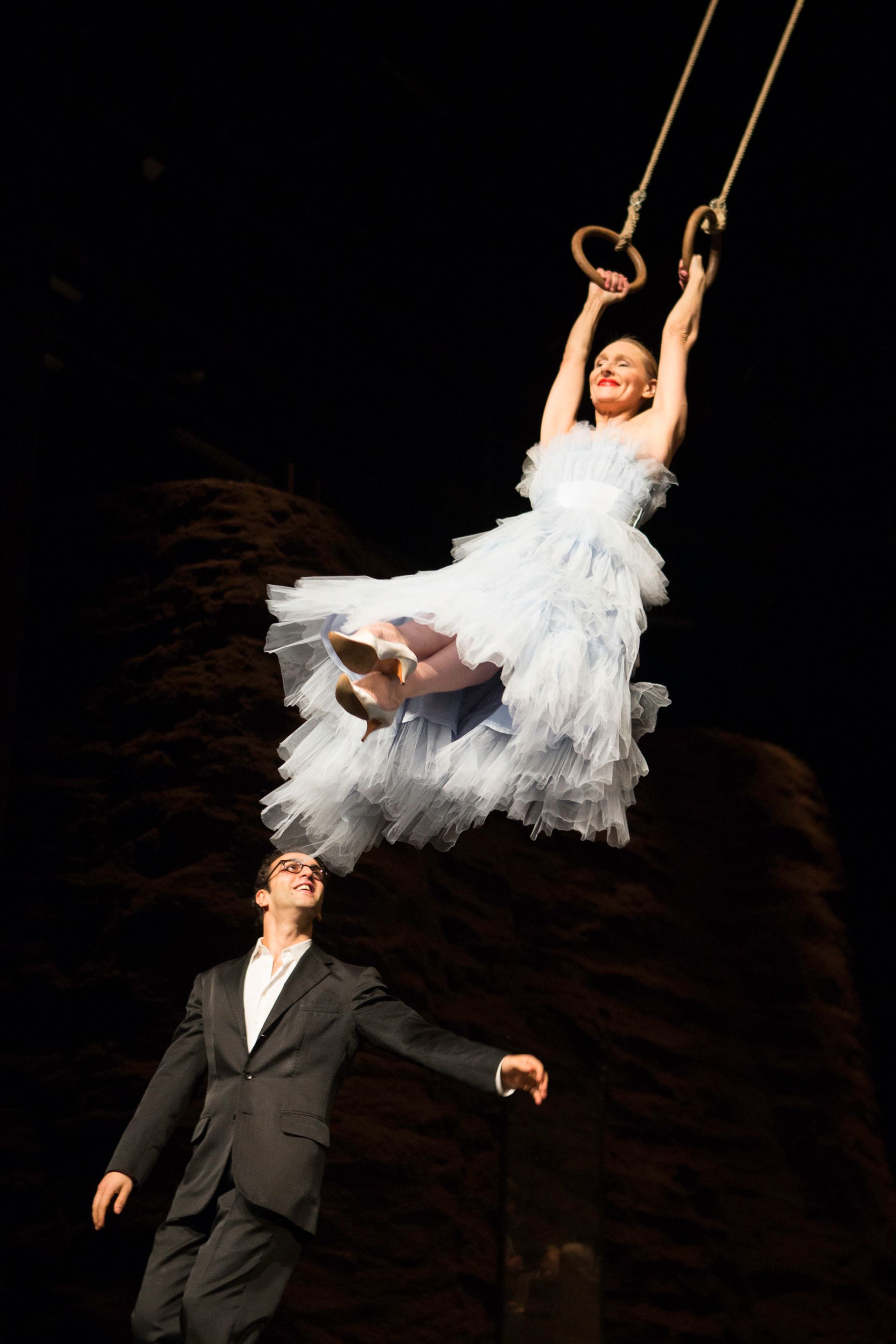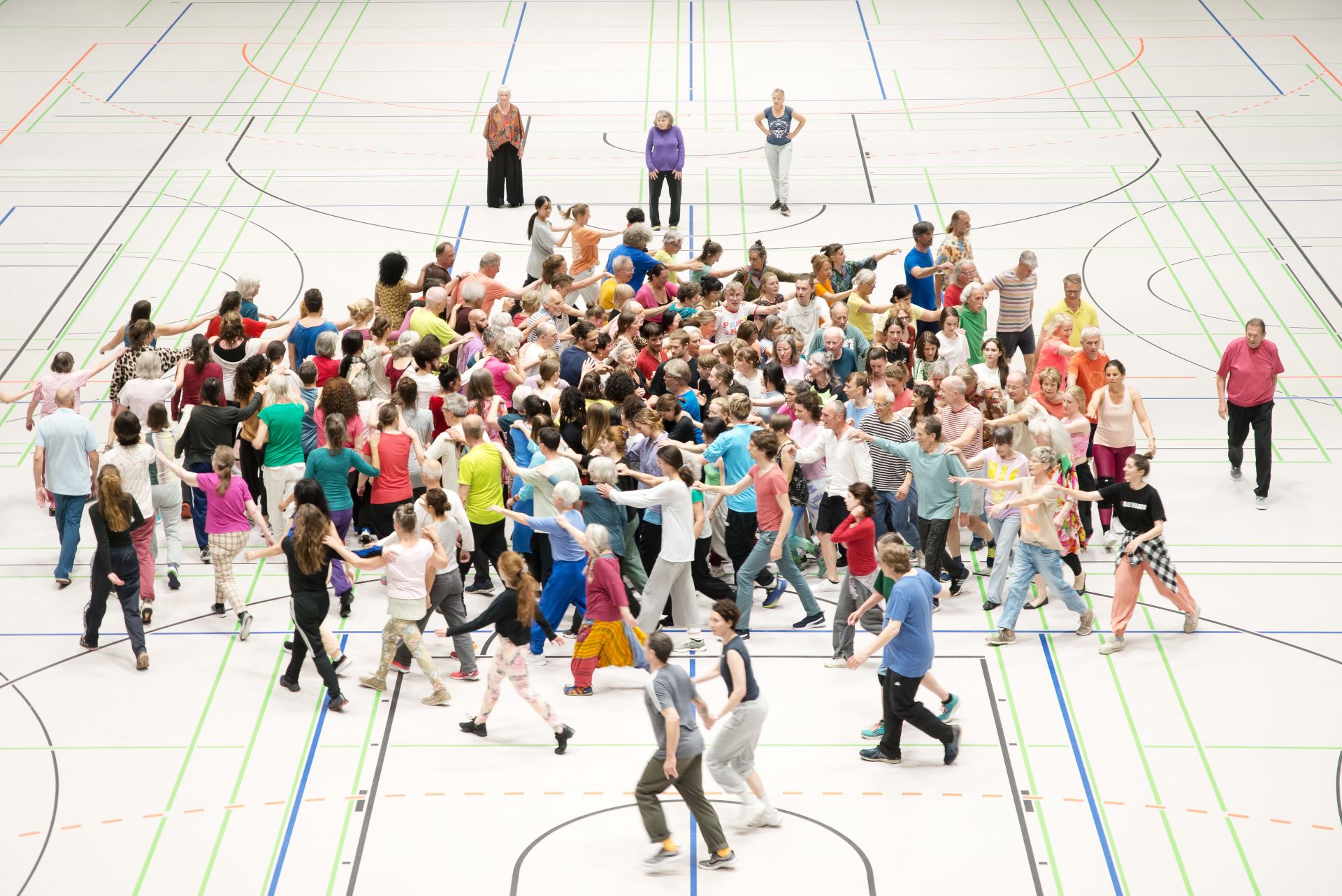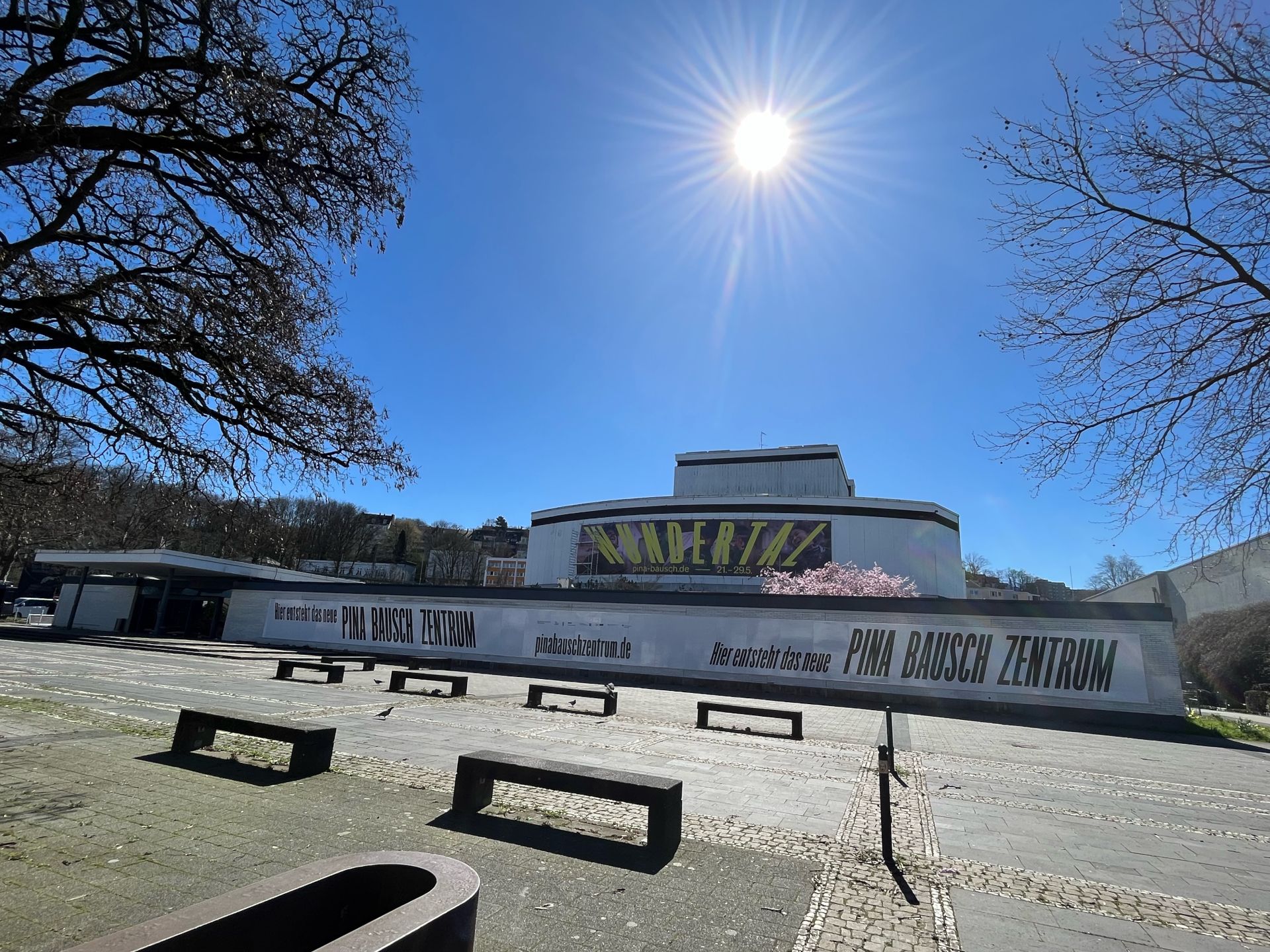The Tanztheater Wuppertal Pina Bausch is one of the most important and innovative dance companies in the world: the members use their bodies on stage to create a world full of poetry, power and emotion. They explore the boundaries of classical dance, experiment and improvise. They place people at the centre of scenic performances. Sometimes they are approachable individuals, sometimes part of a multi-layered community.
Dance, acting, singing and movement merge on stage to create a genre that has become known as ‘dance theatre’. An artistic language that choreographer Pina Bausch characterised from the 1970s until her death in 2009. Bausch took over the management of the ballet at the Wuppertal Schauspielhaus in 1973, which was later renamed Tanztheater Wuppertal. At this time, important representatives of German modern dance such as Kurt Jooss influenced Bausch, who is now a style icon. Jooss had already combined the classical rules of ballet with a spirit of freedom at an early stage. Bausch's first works reflect this influence: ‘Fritz’ (1974) and ‘Iphigenia in Tauris’ (1974) made it clear that Bausch wanted to break away from conventional ballet forms and instead put the human body and its emotions in the spotlight.
Over the years, she created an ensemble of individual personalities from all over the world, leaving behind the uniformity and synchronisation sought by other ballet companies. Some members, such as Dominique Mercy or Lutz Förster, accompanied the ballet director for many years. They worked closely with Bausch, which contributed to the consistency and authenticity of the productions.
Director of the dance theatre
Since the 2022/2023 season, the dancer and choreographer Boris Charmatz (*1973) has succeeded Bausch and has dedicated himself to the task of performing, re-staging, exhibiting and critically commenting on Pina Bausch's pieces. Born in France, he draws on the tried and tested, but brings his own flavour to the well-known stage play. Today, he still performs classics such as ‘Café Müller’ (1978), ‘Nelken’ (1982) and ‘Vollmond’ (2006) in his own versions.
Charmatz has also set himself the task of redeveloping his own style-defining works with the Tanztheater Wuppertal. He realises his own productions such as ‘Aatt enen tionon’ (1996) and ‘Liberté Cathédrale’ (2023) with the ensemble and the French structure Terrain. Guests can look forward to plays that show dreamlike scenes, thrive on paradoxical tensions and oscillate between fiction and reality.
